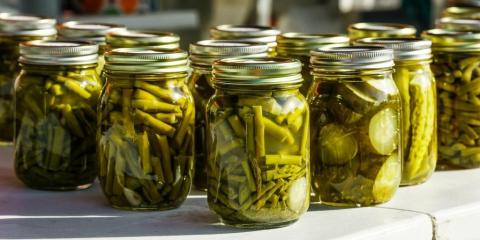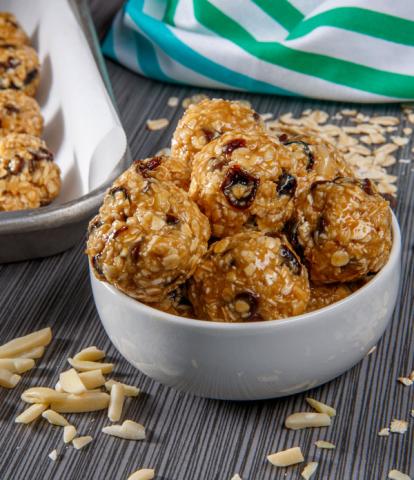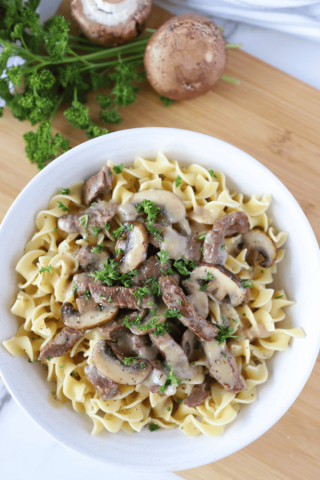
Heat processing is recommended for all pickle products. Heating destroys organisms that cause spoilage and inactivates enzymes that may affect flavor, color, and texture. Pickled products may spoil from microorganisms, particularly yeasts and molds, as well as enzymes that may affect flavor, color, or texture. More information about processing methods can be found in the Canning Basics section of our website.
Boiling Water Processing
Processing the pickles in a boiling water canner will prevent spoilage. Follow the recommended processing procedures for safe and successful results. Processing times and procedures will vary with the food acidity and size of the food pieces. Tested recipes should be closely followed, to ensure a safe product.
Low Temperature Pasteurization Canning
Using the low temperature pasteurization method to process pickles results in a firmer product. The process is similar to boiling water canner processing, but the water temperature is closely controlled to stay between 180°F to 185°F for 30 minutes. The processing time is the same for all low temperature pasteurization products and all elevations. The treatment must be carefully managed to avoid possible spoilage. When using this process, place jars in a canner filled halfway with warm (120°F to 140°F) water. Then, add hot water to a level 1 inch above jars. Heat the water enough to maintain the temperature of the water at 180°F to 185°F for 30 minutes. Check the water temperature with a food thermometer to be certain that the water temperature is at least 180°F during the entire 30 minutes. Use the low temperature pasteurization treatment only when the recipe indicates.
Atmospheric Steam Canners
High acid foods can be processed using an atmospheric steam canner. The steam canner uses only 2 quarts of water (compared to 16 quarts, or more, in a boiling water canner) so you heat less water and processing can start more quickly. Process time is based on the recommended time for a boiling water canner. Processing time is limited to 45 minutes or less, including any modification for elevation. For more information on using a steam canner, refer to the Canning Basics article.
Sources:
Crispy Pickles, June 25, 2019, Penn State Extension
Food Preservation: Making Pickled Products (FN 1989, Revised Aug. 2019) North Dakota State University
Fundamentals of Consumer Food Safety and Preservation: Master Handbook, 2015, Washington State University
Guide 6 Preparing and Canning Fermented Foods and Pickled Vegetables, Complete Guide to Home Canning, 2015, United States Department of Agriculture (USDA)
Publication originally written by Julie Albrecht. Updated and reviewed by Nancy Frecks in 2021.
Tags:
Feedback Form
Feedback Form
If you do not see the article, please scroll up the page.








